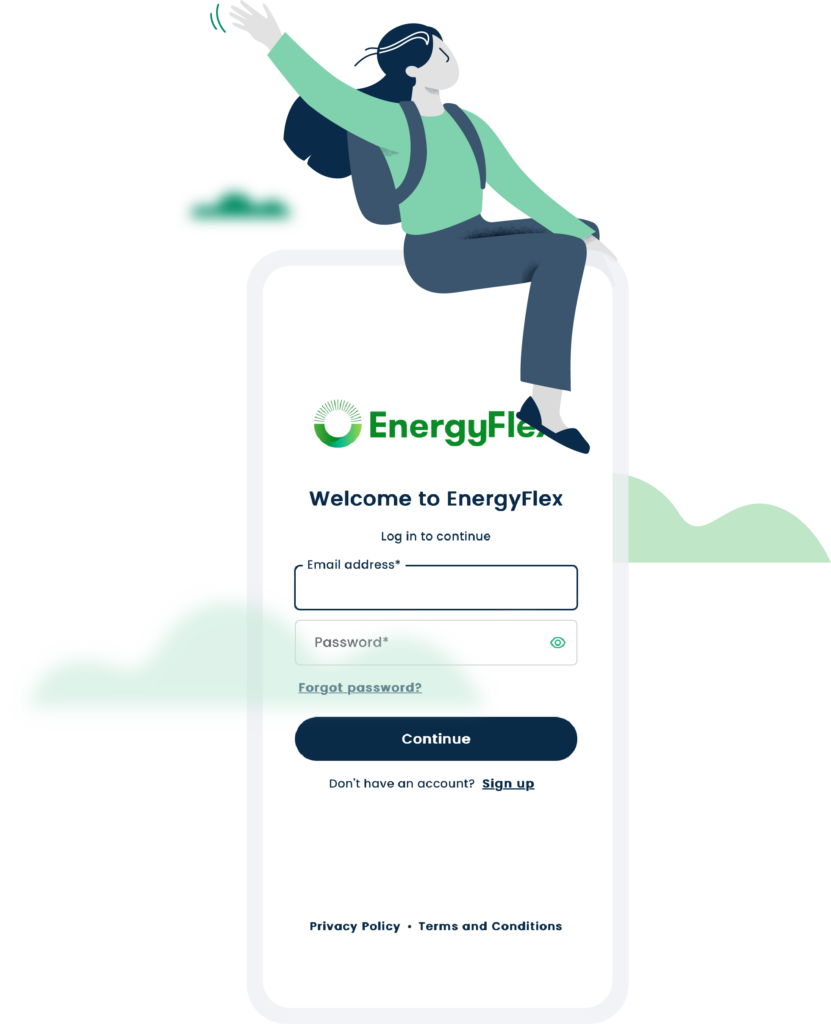Imagine your doctor tells you to give your child more vitamin C, but the only fruit or veggie she’ll eat that’s high in vitamin C is strawberries.
You start with a punnet a day, which is manageable in summer, when strawberries are in season, cheap, and plentiful. Not so much in winter, when the price of a punnet more than doubles, they lose some nutritional value, and they don’t taste as good.
You realise that maintaining your daughter’s punnet-a-day intake will be financially crippling in winter. Luckily, you discover that strawberries can be frozen, preserving their vitamin C. While not as enjoyable as fresh berries, they’ll do the trick during the off-season. Now you have a plan! Stock up in summer, freeze them, and buy less in winter.
You also negotiate a flat rate with a farmer for some fresh berries year-round. The flat price is higher than the cheap summer and yearly average prices, but it’s one you’re willing to pay to keep overall costs down and your daughter healthy.
This arrangement works well for a while, but the farmer explains market volatility and unpredictable weather are making it difficult to manage supply and demand. To protect himself when prices are low and to protect his customers when prices are high, he needs to increase prices for everyone. But then the flat price starts increasing faster than the average price, making it less cost-effective than it once was. You start to wonder if there’s a better way.
So, you express your concerns to the farmer, who offers a solution: a flexible pricing plan. Instead of a fixed price, you’ll pay the market price for strawberries, which fluctuates depending on the season and availability.
This new plan requires some adjustment to your buying habits by taking advantage of lower prices in summer and relying on your frozen stock in winter. But it means you pay significantly less when the harvest is good.
The farmer also benefits. By encouraging you to buy more when supply is high, he saves money and reduces waste.
Now, pretend strawberries are electricity and farmers are energy retailers.
Like strawberries, electricity is best used fresh. It doesn’t store well on a large scale, so using it as it’s generated, like plucking rays from the sun, is most efficient.
Electricity also has “seasons,” but they change daily. Prices are low or even negative on sunny and windy days, perfect for “freezing” or stockpiling energy in home batteries, EVs, or hot water systems.
But when the sun sets and wind settles, we fire up fossil fuels, driving up prices just when we’re cooking, cleaning, and doing the washing while watching The Block. It’s at this point that you’ll want to use your “frozen” energy to keep your costs down.
When, not how much.
The traditional way of buying electricity at a flat rate worked fine when most of our power came from fossil fuels, which provided a steady, uninterrupted supply of power (and a steady, uninterrupted supply of carbon emissions).
But the renewable energy transition is changing the game. The variability of renewable energy (that is, it’s not sunny or windy 24/7) is making the market more volatile.
We can’t control the weather, so energy prices fluctuate wildly. The wholesale cost of energy could be -10c/kWh at lunch today and $16.50/kWh tonight at dinnertime. Who knows? Retailers, like the farmer, need to manage this risk and protect themselves and consumers from these wild price swings, leading to higher tariffs.
The problem, however, is that the flat price is starting to rise faster than the average price, which means that buying electricity at a flat rate is no longer the most cost-effective option
The solution: Pick your power wisely.
But just like changing how you buy strawberries in line with the seasons, you can change when you use electricity in line with daily fluctuations and influence the price you pay.
By shifting usage to daylight hours, you ease pressure on the grid and help retailers manage risk, leading to lower bills on flexible pricing plans.
Some retailers are moving with the times and offering plans that reward this behaviour. But to ensure you get the sweetest deal, you’ll first need to practice aligning your energy use with renewable energy generation, what we call “becoming Renewables Ready”.
It’s time to embrace the change and make your energy use work for you and the planet. EnergyFlex can show you how—for free. Create an account today and start saving.





